We all need some daily sun exposure as it is our main source of Vitamin D. However, unprotected exposure to the sun’s ultraviolet (UV) rays can cause skin damage, eye damage, immune system suppression, and skin cancer.
Too much sun is particularly harmful to young children, especially infants who should be kept out of direct sunlight at all times. This is because their delicate skin contains little melanin, the pigment that gives colour to skin, hair and eyes and provides some protection from the sun. Some children are simply sensitive to sunlight and might develop a heat rash.
Did you know?
A short 15 minutes of sun exposure can lead to skin damage from UV rays. However it can take up to 12 hours for skin to show the full effect of sun exposure. So, if your child’s skin looks “a little pink” today, it may be burned tomorrow morning. Even a few serious sunburns can increase your child’s risk of skin cancer later in life.
Rays of sunlight
When the sun shines on the earth, part of that sunlight consist of invisible ultraviolet (UV) rays. There are 3 types of ultraviolet rays: UVA, UVB, and UVC.

UVA rays
UVB rays
UVC rays
It is imperative that you protect your children from UVA and UVB exposure as these rays can cause burning, tanning, and other skin damage.
Protection from the Sun
Now that you know that prolonged exposure to the sun can increase your child’s risk of skin cancer later in life, you should take all the necessary precautions to protect them whenever they are outdoors.
1. Slather on some sunscreen
Use sunscreen with at least SPF (sun protection factor) of 15 or higher and BROAD SPECTRUM that protects against both UVA and UVB protection every time your child goes outdoors. For kids aged 6 months and older, select an SPF of 30 or higher to prevent both sunburn and tanning. Don’t forget to also protect his ears, nose, lips, and the tops of his feet.
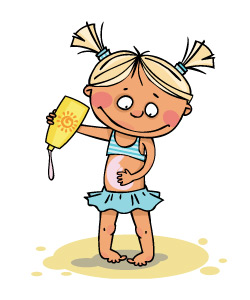
Even “waterproof” sunscreens should be reapplied after going in the water as water, and sweating washes off sunscreen and the cooling effect of the water can make you think you’re not getting burned. Beside reapplying sunscreen every couple of hours during a day in the sun, especially if they are in and out of the water, please make sure you use enough sunscreen; 10-20ml is usually enough for the child’s entire body.
Select a hypoallergenic and fragrance free sunscreen especially if your child has sensitive skin and noncomedogenic among the acne prone age group ie. adolescent.
Note: Follow the directions on sunscreen packages for babies less than 6 months old. If you or your child’s skin reacts badly to one product, try another one or call a doctor. Your baby’s best defense against sunburn is avoiding the sun or staying in the shade.
2. Avoid the strongest rays of the day
When the sun is at its highest in the sky and therefore strongest (usually between 11am and 4pm), keep your child indoors. If your child must be out in the sun between these hours e.g. for school activities or simply playing outside in your house compound, apply some protective sunscreen on him about 15 to 30 minutes before he goes outside so that a good layer of protection can form.
3. Find shady spots or places

UV rays are strongest and most harmful during midday, so it’s best to plan indoor activities then. If this is not possible, seek shade under a tree, an umbrella, or a pop-up tent. Use these options to prevent sunburn, not to seek relief after it has happened.
4. Keep your body covered
Clothing that covers your child’s skin helps protect against UV rays. Although a long-sleeved shirt and long pants are best, they aren’t always practical. A T-shirt or long shorts are good cover-ups too—but it’s wise to double up on protection by applying sunscreen or keeping your child in the shade when possible.
5. Wear a hat or headgear

Hats that shade the face, scalp, ears, and neck are easy to use and give great protection. Baseball caps are popular among kids, but they don’t protect their ears and neck. If your child chooses a cap, be sure to protect exposed areas with sunscreen.
6. Wear sunglasses
Not only does sun exposure damage the skin, but it also damages the eyes. Prolonged UV rays can lead to cataracts later in your child’s life. So get your child to wear sunglasses that can block as close to 100% of both UVA and UVB rays as possible.
An educational contribution by Malaysian Paediatric Association.

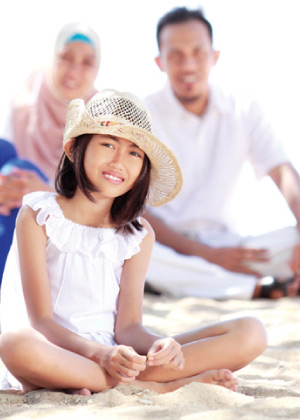


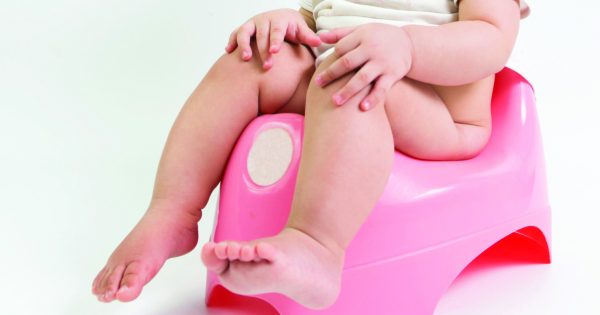
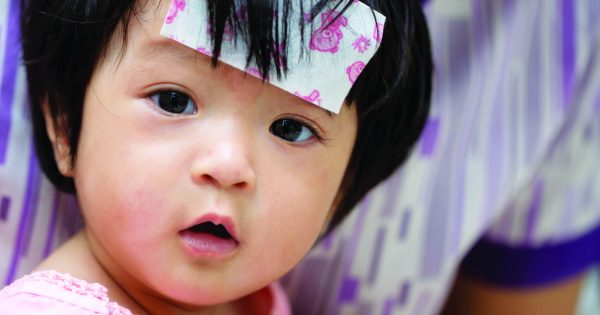
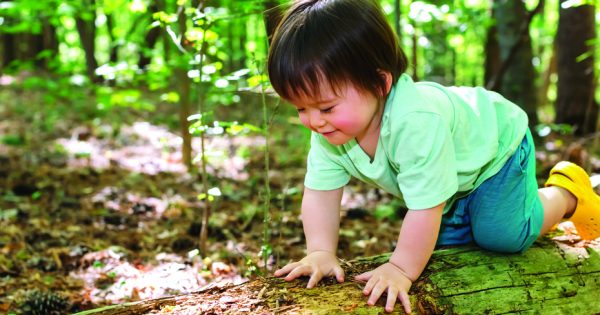
Comments